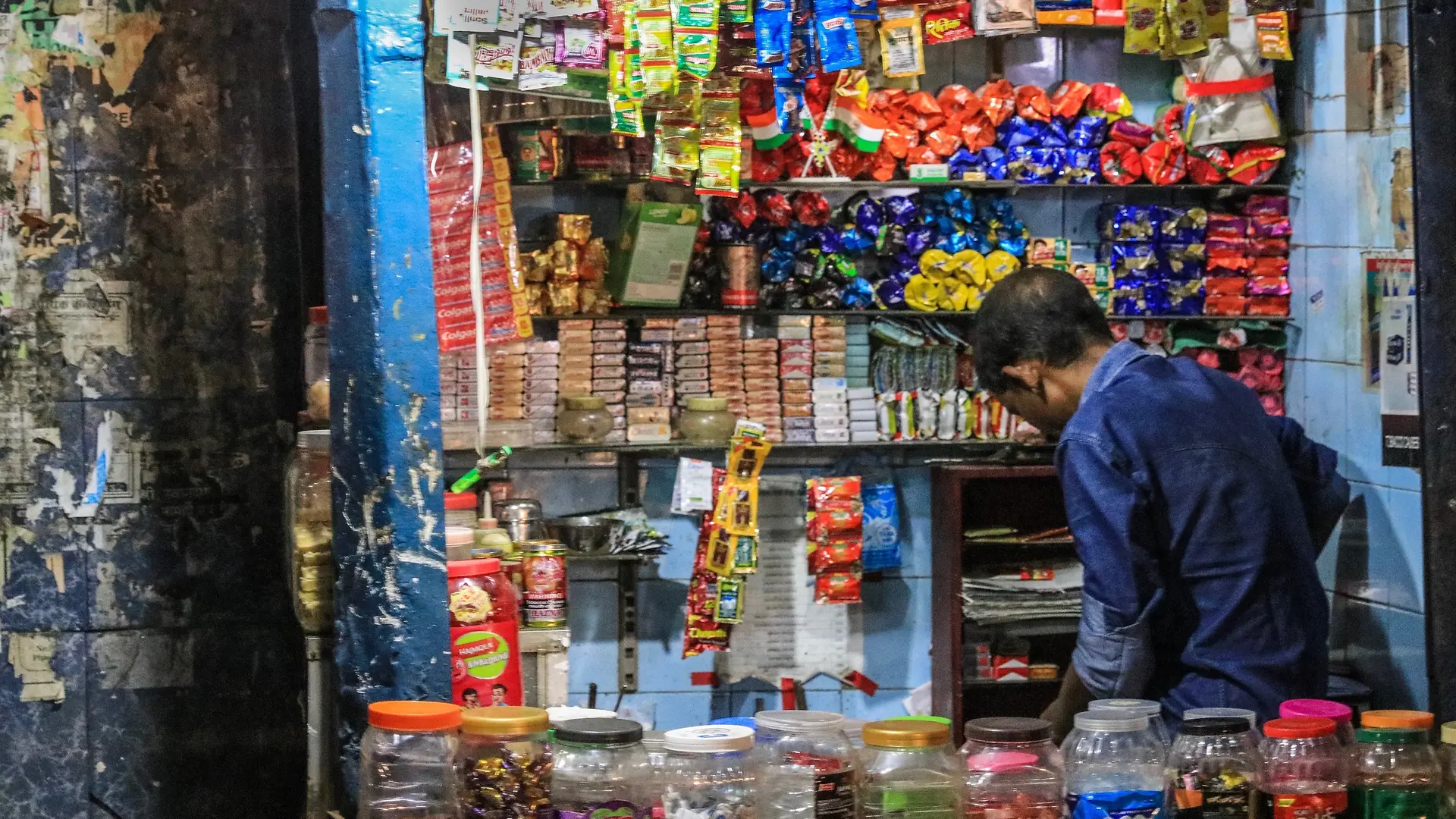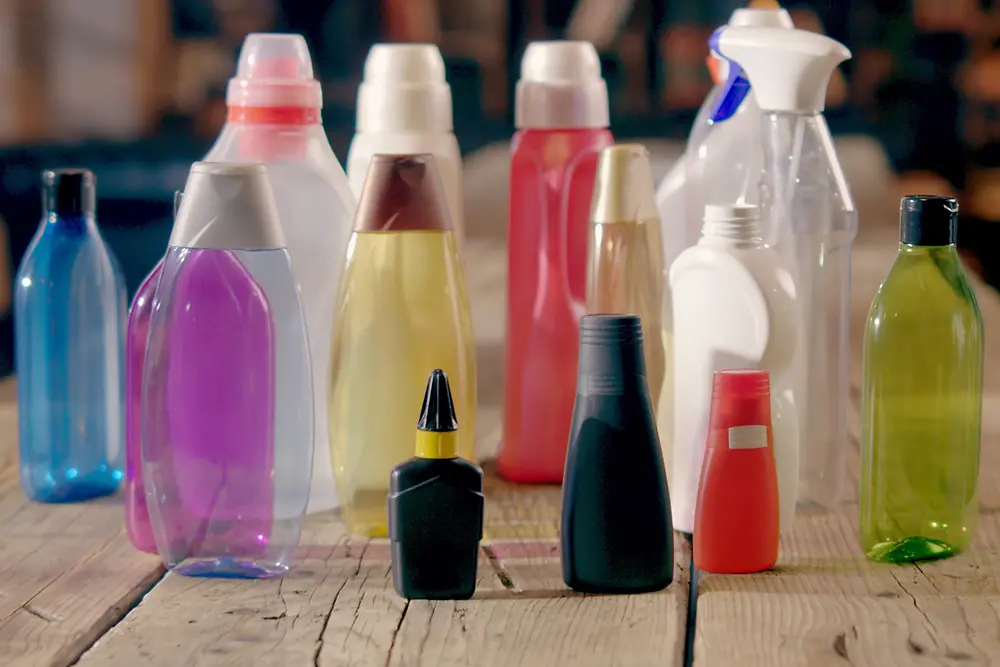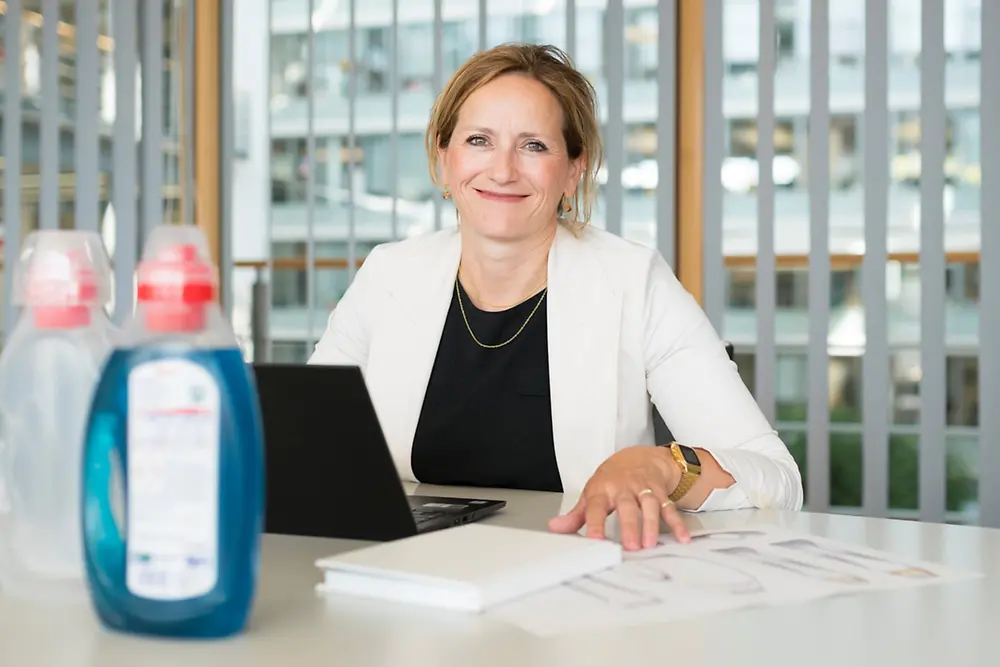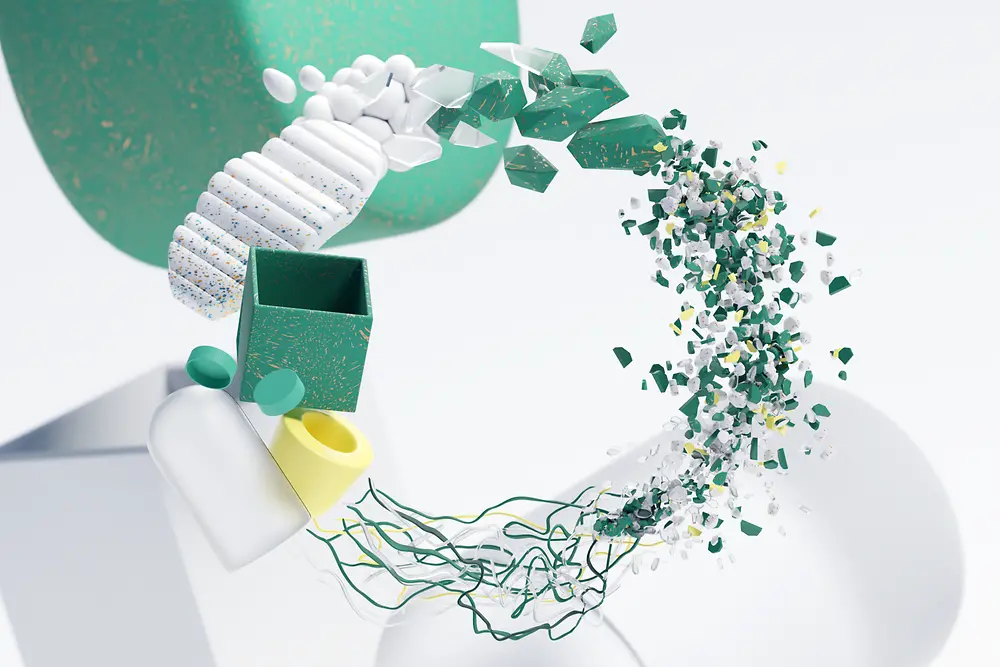Discover the brands and technologies from our business units Henkel Adhesive Technologies and Henkel Consumer Brands.
Adhesives: Putting the positives back into packaging

I love going to India. It’s a country full of flavors with unique colors that can’t be matched anywhere else. The food is delicious and fresh, and while packaging is used, it’s nowhere near as proliferated as here in Europe. Is this something to be praised or condemned?
In our latitudes here in Europe – where food shortages are not widely prevalent – it’s easy to forget the importance of packaging, and it’s even easier to rally against it altogether. In emerging countries where hunger is a very serious issue, though, packaging can become a matter of life or death. India, for example, was recently ranked 102 out of 117 on the Global Hunger Index. But 63 percent of food is lost after harvest in Southern and Southeastern Asia each year, due in part to lack of packaging. It sounds simple, but packaging is truly one of the deciding factors when it comes to extending the shelf life of food – ensuring it reaches the consumer before it spoils. And this is true no matter where you are in the world.
So, it might seem strange that someone who works in Circular Economy would be championing packaging, but the truth of the matter is that plastic is a necessary and valuable material. It’s not about demonizing plastic, rather it’s about recognizing its value and understanding what it takes to keep it in the loop.
What do I mean when I talk about circular economy? It essentially means minimizing resources and energy by extending the lives of products and recycling initiatives. Sounds easy enough, but what does it take to create a truly circular economy? Without fundamental redesign and innovation, about 30 percent of plastic packaging will never be reused. And this is exactly where adhesives can play a decisive role.
Adhesives – The backbone of a circular economy
The adhesives used in packaging typically only make up no more than five percent of the total weight – yet, their properties can actually make the difference when it comes to the overall recyclability of the material. Adhesives and coatings have a major impact on recycling and product life extension. The majority of fast-moving consumable items used each day contain incompatible layers of plastic, which are barriers to recycling. But these materials are much too valuable to end up in a landfill.
Within the Packaging and Consumer Goods Adhesives business at Henkel, we know we can make a difference when it comes to flexible packaging, glass and plastic bottles and paper and cardboard. How? By focusing on the following:
Compatibility: This simply means the materials have to work together, and it is key in recycling. Not every kind of material can play nicely with each other, but adhesives can do a lot to enable this.
Debonding: Like most areas of life, some things are just incompatible – and if we want to regain the value of the individual components (think aluminum bonded with polyethylene and PET layers, for example), we need to be able to separate them from each other before recycling. Our optimized RE range, which is designed for recycling, enables separation while improving the output of the quality of these secondary raw materials.
New Designs: The way a package is designed can make or break its recyclability. And like I said before: The adhesive here can make the decisive difference. This is why it makes sense to involve our experts as early as possible in the design phase.
I’m not out to praise excessive packaging – the environmental impact is very real. But we shouldn’t forget that packaging plays a vital role in protecting human health – not just for food, but also for medical applications, etc. Our job is to enable the right packaging with the right materials for the right purpose, while making sure that it can be turned into something else once its original purpose is fulfilled. Adhesives play an important role in making packaging great again.














